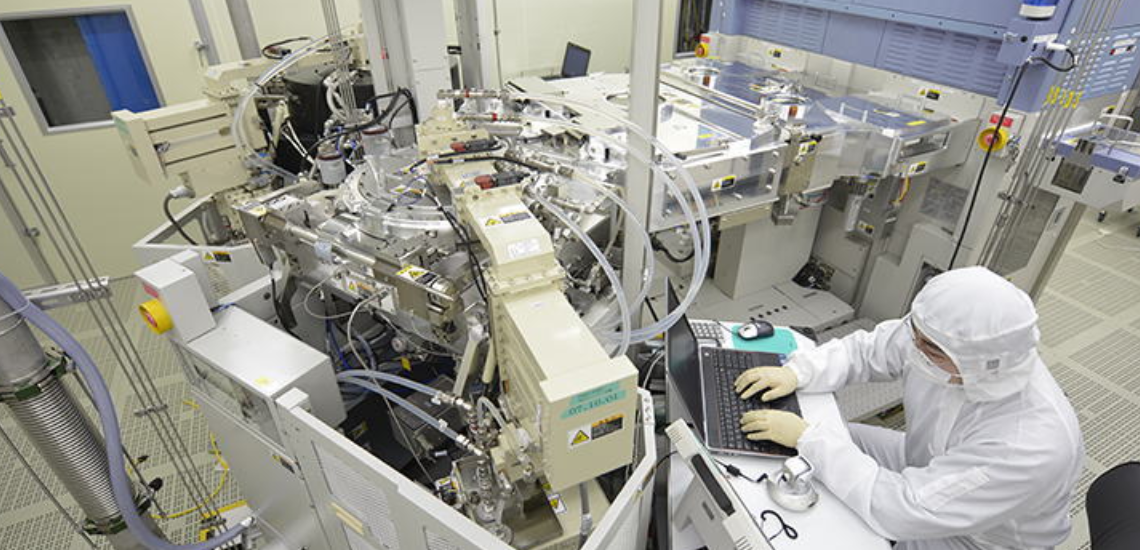In the ever-evolving landscape of the semiconductor industry, the heartbeat of efficiency is synchronized with the reliability and performance of tools. Tool maintenance and optimization have become the linchpin, ensuring that every component operates at its peak potential. Let’s dive into the key strategies shaping the semiconductor industry’s approach to tool maintenance and optimization.
1. Proactive Preventive Maintenance:
- Scheduled Inspections: Implement regular, scheduled inspections to identify potential issues before they escalate. This not only prevents unexpected breakdowns but also extends the lifespan of critical tools.
- Predictive Analytics: Embrace predictive maintenance powered by analytics. Analyzing historical data helps in foreseeing potential disruptions, enabling proactive intervention and minimizing downtime.
2. Calibration Excellence:
- Precision is Paramount: Calibration is not just a process; it’s an assurance of precision. Regular calibration ensures that tools operate within specified tolerances, guaranteeing accuracy in semiconductor processes.
- Adaptive Calibration: Tools evolve, and so should calibration. Invest in adaptive calibration practices that can be fine-tuned based on real-time performance data, keeping tools in sync with the latest industry standards.
3. Strategic Upgrades for Performance Boosts:
- Aligning with Technological Advancements: Semiconductor technology advances rapidly. Strategic upgrades ensure that tools are not just functional but are at the forefront of technological innovation.
- Customization for Efficiency: Tailor upgrades to align with specific operational needs. Customized enhancements can significantly improve efficiency without the need for a complete overhaul.
4. 24/7 Support and Rapid Repairs:
- Downtime is a Luxury: In semiconductor manufacturing, downtime is a luxury companies cannot afford. Having a 24/7 support hotline ensures that any unexpected breakdown is addressed promptly, minimizing disruptions.
- Expert Troubleshooting: Rapid response teams equipped with deep industry knowledge can troubleshoot issues efficiently, addressing the root cause and restoring tool reliability swiftly.
5. Legacy Tool Management:
- Value Beyond Age: Even older tools can contribute significantly to production. Effective legacy tool management involves ensuring compatibility, sourcing spare parts, and implementing customization to keep these assets productive.
- Balancing Act: Legacy tools should be managed with a delicate balance between extracting maximum value and seamlessly integrating them into modern semiconductor workflows.
6. Data-Driven Decision Making:
- Real-time Monitoring: Implement real-time monitoring solutions to gather data on tool health, performance, and potential deviations.
- Data-Driven Strategies: Leverage the wealth of data collected for strategic decision-making. From optimizing maintenance schedules to predicting resource requirements, data becomes a guiding force.
7. Efficient Resource Allocation:
- Optimizing Workflows: Analyze production data to identify bottlenecks and streamline workflows. This not only improves operational efficiency but also contributes to cost savings.
- Strategic Resource Deployment: Ensure that resources, including personnel and spare parts, are deployed strategically based on predictive analytics and real-time demand.
8. Integrated Lifecycle Management:
- From Installation to Decommissioning: A holistic approach to tool maintenance and optimization spans the entire lifecycle. From meticulous installation ensuring a robust foundation to decommissioning obsolete tools, every stage matters.
- Continuous Improvement: Treat tool maintenance not as a one-time activity but as a continuous improvement process. Regularly reassess and adapt strategies to align with changing industry dynamics.
In conclusion, in the realm of semiconductors, where precision is non-negotiable, tool maintenance and optimization emerge as the architects of seamless operations. Adopting best practices in preventive maintenance, calibration excellence, strategic upgrades, and data-driven decision-making positions semiconductor companies at the forefront of innovation and reliability. A well-maintained tool is not just a component; it’s the cornerstone of semiconductor excellence.





